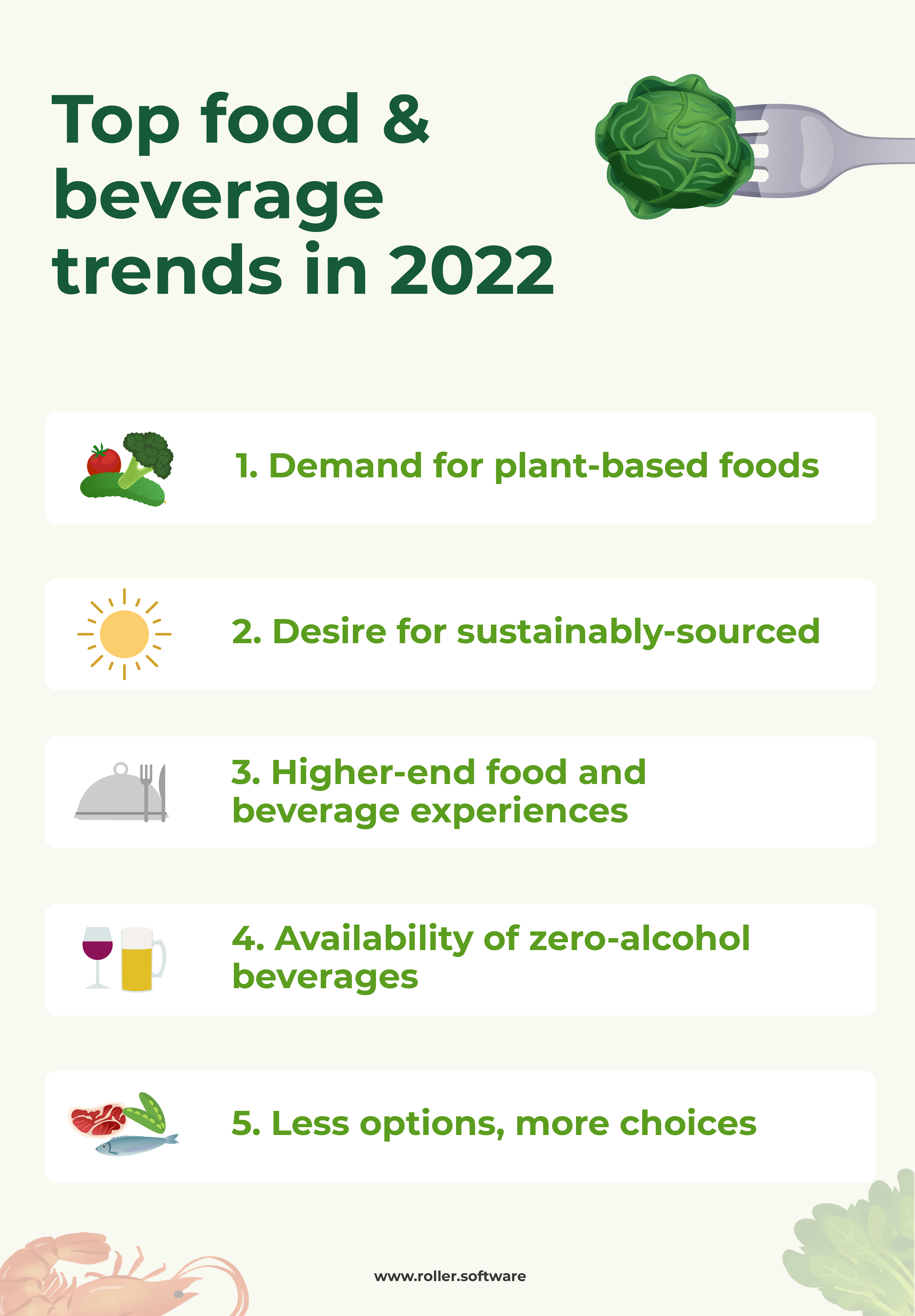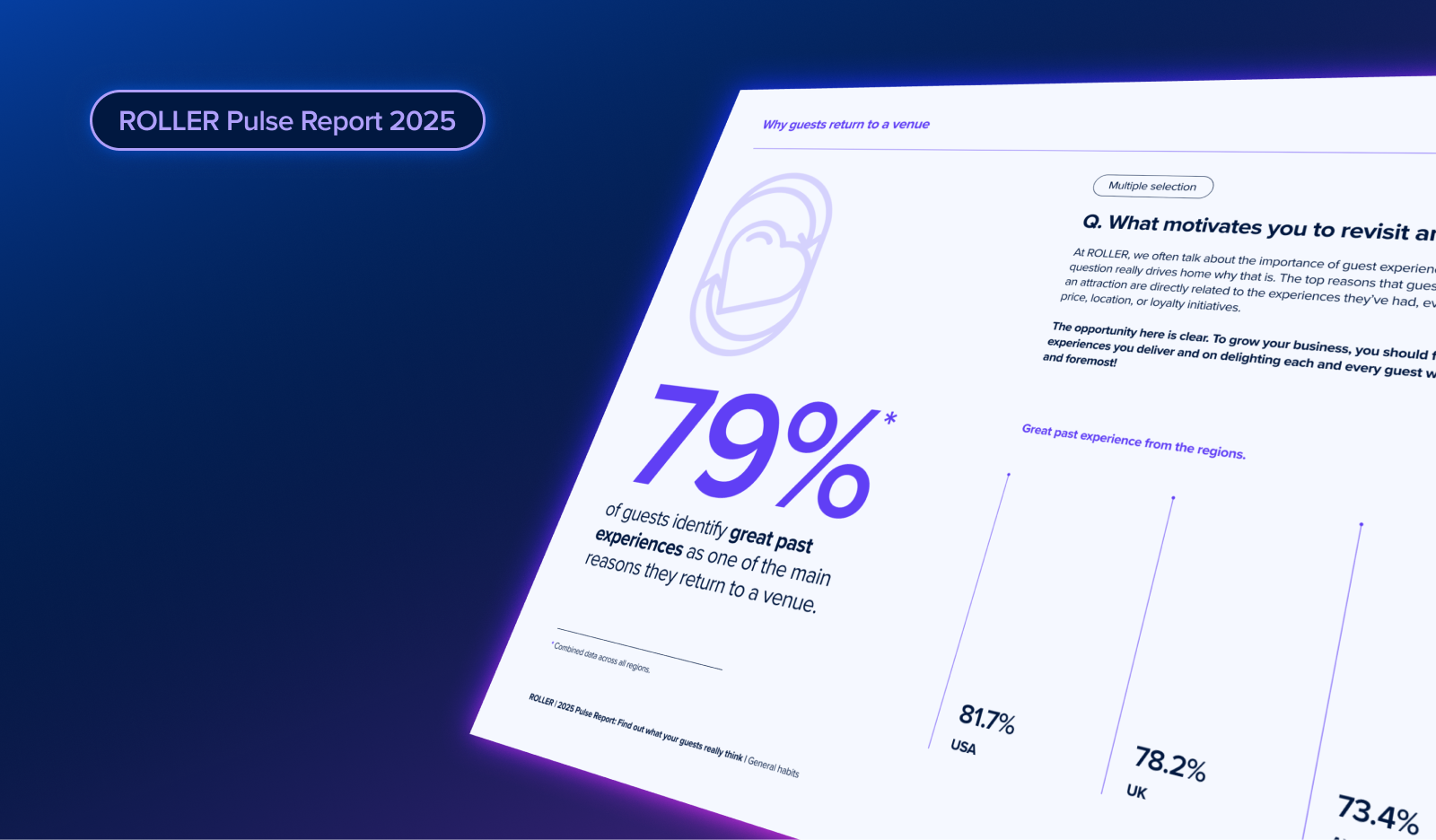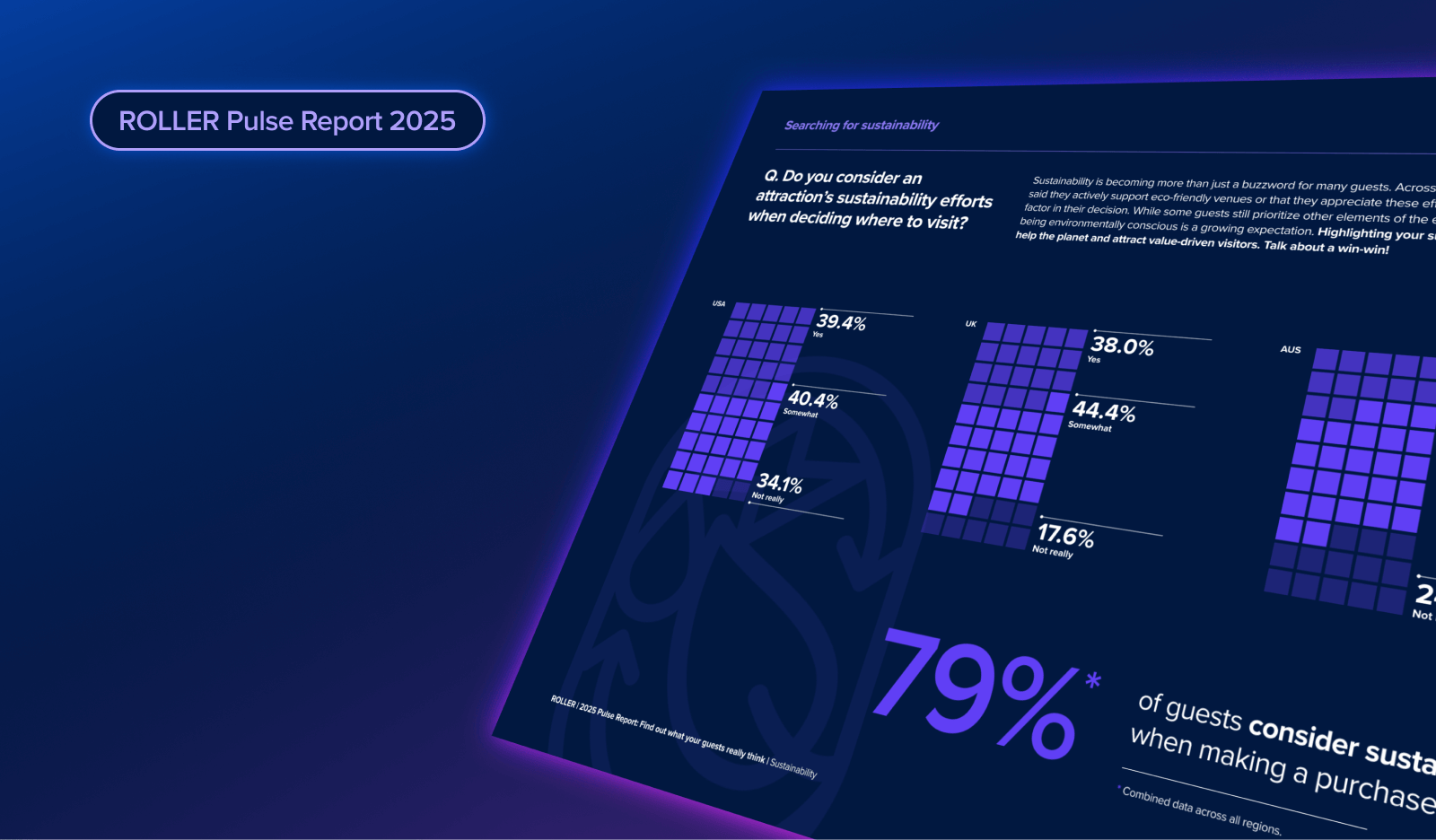Top 5 Food and Beverage Trends in 2023

To drive sales, venues such as FECs rely on repeat guest visits and group bookings. But with F&B purchases accounting for as much as 30-50% of revenue, it makes good business sense to stay on top of the latest trends.
By catering to what’s popular amongst your guests today, you not only appeal to their eating and drinking preferences but also have a greater chance of increasing your F&B sales.
Having the right mix of food and beverage options can also go a long way in making the guest experience even better, so let’s take a look at some of the food and beverage trends for this year to see what’s likely to resonate with your guests:
1. The rise in plant-based foods is here to stay
Whether you refer to it as ‘plant-based’ or ‘vegan-friendly,’ these food options will continue to be popular in 2023, according to data analytics firm NielsenIQ.
Their data found “vegan” the second-most searched snack term across all online grocery shopping sites.
And while it’s important to point out this doesn’t necessarily mean all consumers of these products are fully vegan, there is a growing food trend looking at more ways to reduce meat consumption and eat more ethically.
NielsenIQ also found the demand for plant-based products increased by 12% between 2020 and 2021.
Several visitor attractions are already offering vegan F&B to address changing habits, with big organizations like Disney having helped start the trend in the attractions and leisure space a few years back.
Actionable takeaway: If your venue sells meat dishes, consider including at least one vegetarian or vegan dish to cater to non-meat eaters and promote these options accordingly.
2. More responsible sourcing of food ingredients
Your guests – especially those within the Millennial and Gen Z generations – are likely to have a greater awareness of social issues and be more concerned about their food and drink choices.
When it comes to more ethically sourced ingredients, in addition to things like free-range chicken and eggs, other areas your guests might want to consider include bio-based and biodegradable food packaging, Fair Trade Certification, and even Reef Safe labeling if you’re selling seafood products.
Actionable takeaway: If you can stock locally-produced food and drink items, this could be a great way to demonstrate a commitment to more responsible sourcing and help support other local businesses.
3. Delivering a higher-end food and drink experience
More venues are discovering that differentiating their food and drink experience can set them apart and appeal to a higher-spending demographic.
And by making food and beverage a significant part of the guest experience, your venue can become a destination for meals and your core attraction.
UK-based mini-golf venue Puttshack has embraced a strong food and beverage offering, designing its menu with a French-trained executive chef.
As well as restaurant-quality food on offer to guests, cocktails served with a side of theatrics – including arriving in a smoke-filled treasure chest – also makeup part of the overall guest experience that’s more than certainly destined to be talked about long after a visit.
And in vacation destination Pigeon Forge, Tennessee, the chef, restaurateur, and TV host Guy Fieri has recently co-opened a food-focused FEC that puts food and drink front and center as part of the overall guest experience.
Actionable takeaway: Are there ways you could uplift your F&B options to appeal to more food-conscious guests? You could potentially start by hosting a one-off event with a local food truck to add some flavor to your guests’ experience.
4. Low or no alcohol drinks will continue to become more popular
More focus on health and wellbeing, together with innovations within the global beverage market, has seen the rise of low or no alcoholic beverages.
The US is one of the leading markets for these types of drinks and already experienced a 30% increase in consumption back in 2020, with growth expected to continue to 2024.
Actionable takeaway: If your venue is licensed to sell alcoholic beverages, then expand your offerings with some low or no alcohol options and see how you go. You might find some of these options are just as popular with guests, especially younger demographics.
5. Venues offering fewer options, but better choices
Managing the effects of inflation will become a reality for many operators in 2023. And with costs increasing and supply-chain issues, many food businesses have already streamlined their menu offerings.
One of the upsides for business can be a reduction in food waste, which is certainly something that will resonate with many guests.
Actionable takeaway: To hit the mark, consider cutting down your menu offerings to cater to the above trends!
Add some new flavor to your guest experience to increase your F&B sales!
While food and drink habits change, look for sustained trends that let you start small when testing new items.
Also, think about what you are offering through the lens of your core guest demographics, as this can better guide you towards that F&B sweet spot.
For example, if your venue caters to a Millennial audience, then now could be a great time to test out some healthier and higher-end menu options, moving away from traditional deep-fried offerings.
Ultimately, your sales reporting will tell you what’s working, but by offering new options to guests, hopefully, your F&B continues to make a healthy contribution toward future sales.

Related articles

.png)
What the 2025 Pulse Report Reveals About Guest Booking Behavior at Attractions

2025 Pulse Report: How Sustainability Is Shaping Guest Expectations
Enhance your guest experience
Get free education, tips and inspiration to help you run a successful venue.